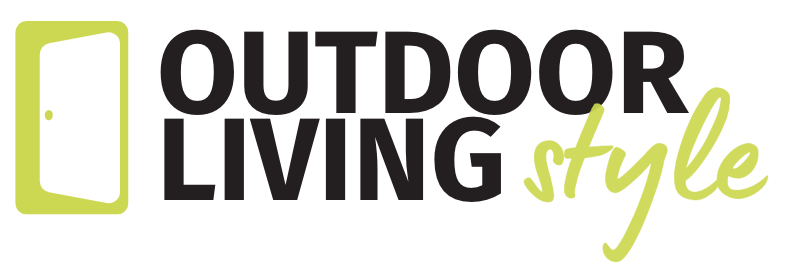Is Synthetic Turf Safe for Pets?
Synthetic turf is becoming a popular solution for pet owners who want a dog run in their backyard, or just don’t want the hassle of lawn care, but still want the area to be attractive and offer their dogs a safe and comfortable space to play. Of course the number one consideration for any dog run is safety. Not all materials are created equal. Cedar mulch, for example, smells great, repels insects, but isn’t a good idea for dogs who like to chew on wood (cedar oil is not good for dogs). Is synthetic turf safe for pets… and is it a good idea? The short answer is, yes!
Synthetic turf is far superior to natural grass (which dogs make short work of) and most other materials commonly used in pet runs, and it’s fast becoming an attractive solution to lawns. Here’s why:
Synthetic turf is hard-wearing and can last more than 20 years. It’s virtually impervious to wear and tear and it’s one of the safest and most reliable surfaces for pet enclosures. Dogs can sprint up and down the length of the dog run and wrestle with their buddies without destroying it; and there’s nothing to chew.
Synthetic turf adds an element of security because your dog can’t dig through it - so no more jailbreaks as long as the turf is installed so that it extends a few inches outside of the fence.
Synthetic turf does not contain harmful chemicals. If you notice a strong smell upon installation or after a hot sunny day, what you are smelling is rubber. Consider adding a sun shade to keep the area cool (your dog will appreciate the coolness too) to prevent that “burned tire” smell that can occur if the turf heats up a lot.
Synthetic turf eliminates the need for herbicides, fertilizer, or pesticides within the dog run. Not only is this safer for your pet, it’s better for you. Because it’s maintenance free, you get to spend more quality time with your four-legged buddy.
Dogs can freely pee and poop on synthetic turf. Dog pee will not harm synthetic turf. Unlike natural surfaces like grass or dirt, synthetic turf will not absorb poop. Pet urine will seep through, but you’ll need to pick up poop regularly and hose the area off frequently to keep your pet’s area sanitary and minimize odors. Many (not all) dogs like to use one specific area as their bathroom, which makes cleanup easier. You could install a removable patch of synthetic turf where the dog prefers to relieve himself, allowing for easier clean-up. Stubborn dog pee smells can be removed with a solution of equal parts water and vinegar. You can spray the mixture on the stinky areas to eliminate lingering odors. Using a high-pressure hose at least once a week is the best way to keep the surface clean.
Synthetic turf does not provide a hospitable environment for ticks and fleas, although this could change over time if debris builds up within the turf. Power-washing synthetic turf periodically will significantly reduce any danger of pest infestation.
Synthetic turf provides a resilient surface IF there is sand, silica granules, crumb rubber, or other soft infill used beneath it. A padded layer is absolutely essential if installing synthetic turf over concrete or other hard surfaces, and it doesn’t hurt to add a resilient surface even over clay or other hard soils . This is an important feature for highly active dogs who run hard and wrestle hard, and for elderly dogs with arthritic joints. A cushioned surface is always better for our furry friends, to help protect their joints.
The upfront cost of synthetic turf is easily recouped during its lifespan: no more watering a thirsty lawn; no chemicals; and no repairs (not to mention your precious time).
You will enjoy a mud-free house, which is a safer house with less chance of bacteria making their way indoors. If you’ve ever had the pleasure of stopping your dog in the doorway to wipe down muddy paws (and having them escape in mid-wipe to gleefully jump on the furniture still sopping wet), you will appreciate that there will be no mud coming from synthetic turf!
Synthetic turf can assist with puppy potty training. Get a pup used to doing his business on an artificial grass mat, and then you can easily transition to the yard. And when it comes to old dogs who can’t go outdoors to relieve themselves anymore, once they are trained to go on synthetic turf, you could create an indoor pad for them to avoid the mess of accidents.

